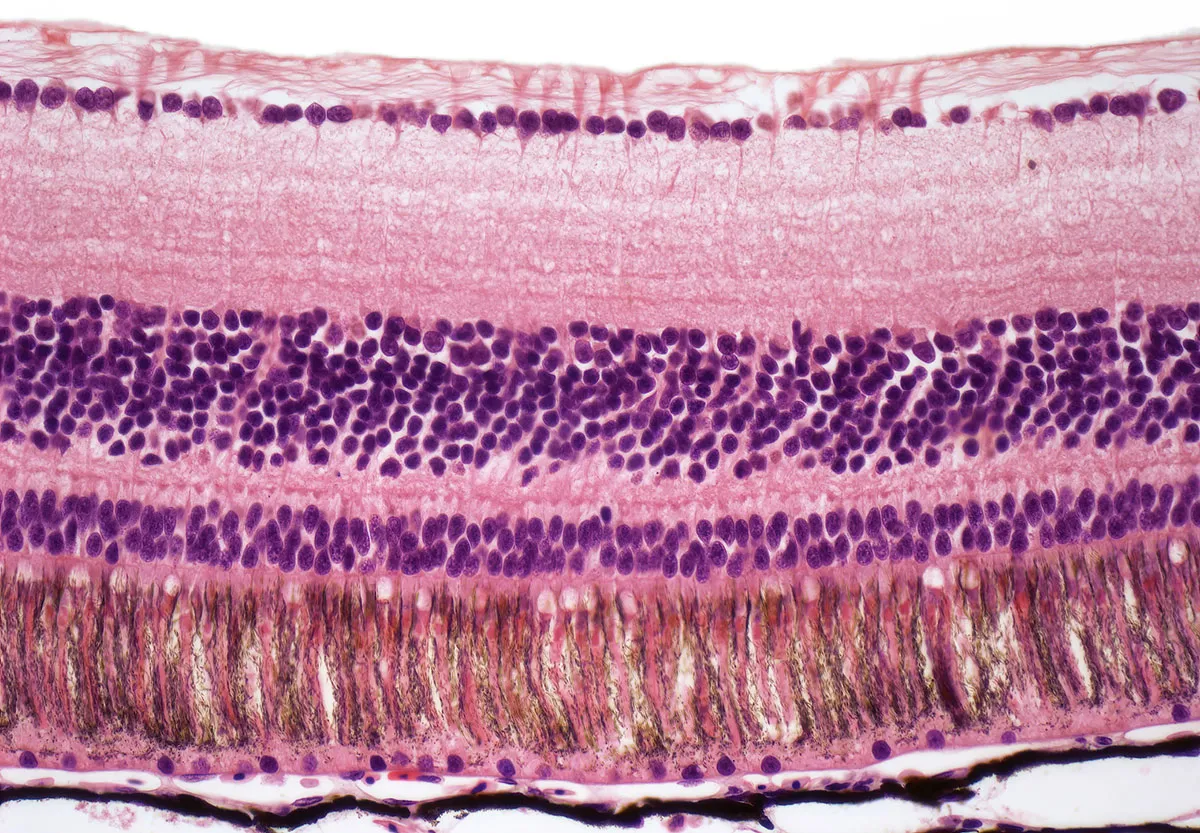Tetrachromacy is a rare type of colour vision that allows people to see colours that other people can’t.
Most people’s colour vision is ‘tri-chromatic’, meaning their colour vision depends on three types of specialised cells in the eye, called cones. These cones are often referred to as blue, green and red cones depending on the wavelengths of light that trigger them.
In comparison, ‘tetra-chromats’ have a fourth type of cone, which is most sensitive in the yellow-green region of the visible spectrum. While those of us with three of these receptors have the ability to distinguish around one million different colours, tetrachromats are thought to see an estimated 100 million.
It is thought that only women can be tetrachromats. The gene for cones lie on the X chromosome. A woman, who has two X chromosomes, can carry the normal red and green genes on one of her X chromosomes and an anomalous gene on her other one. This genetic pattern enables her to express four types of cone.

A woman might carry the gene is if she has a son (or father) with a slight colour anomaly (i.e., very mild colour blindness). We can predict with some confidence that the milder the son’s (or father’s) colour anomaly, the better chance there is for the mother (or daughter) to see the world in different colours.
Despite lots of claims by various websites, there’s not a particularly reliable test to work out if you have tetrachromacy – the definitive way is through a genetic test.
Read more about the senses: